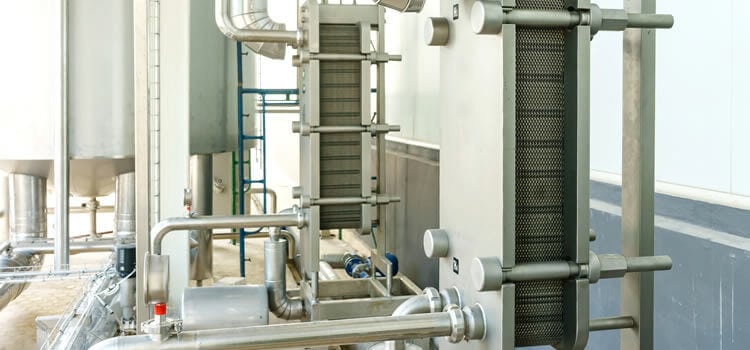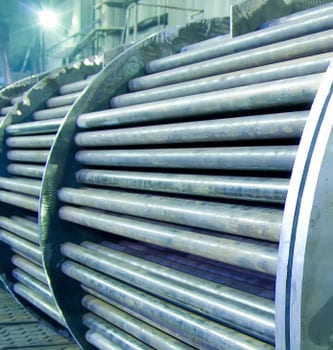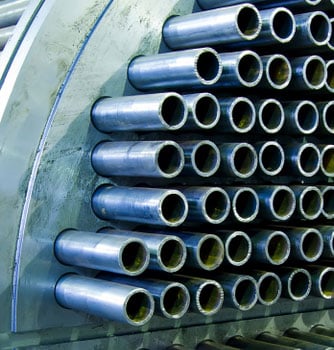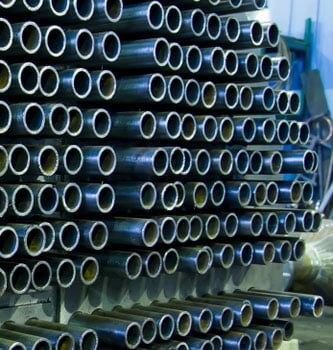Speak with our experts
Fill out our quick and easy contact form with your enquiry and we'll get back to you.
Plate Heat Inspection Services
As Plate Heat Exchanger manufacturers we can carry out inspection services, strip downs, crack detection, re-gasketing and pressure testing to ensure your plate packs are clean and transferring heat as efficiently as possible.
A Plate Type Heat Exchanger uses primary fluids, such as steam, hot water and chilled water for heating or cooling applications. They are used extensively for DHW and heating services, in process heating and cooling of food, dairy and brewery products to name a few.

Heat Exchangers Explained
When were Plate Heat Exchangers invented?
The first Plate Heat Exchanger was invented in the early 1920's and revolutionised the world of heat transfer.
How does a Plate Heat Exchanger work?
The Heat Exchanger design works by using indented plates (usually stainless steel, but also widely available in Titanium) to transfer heat between two fluids. The plates are mounted in a frame with gaskets in-between them and compressed evenly using thread bars. The fluids flow between alternate plates, maximising the contact with the heat transfer surface.
Plate Heat Exchangers vs Shell and Tube Exchangers
This is a much more efficient method of heat transfer than conventional tubular heat exchangers, as the fluids are in contact with the entire heat transfer surface. This means that hot water plate heat exchangers are far more compact than shell and tube exchangers, taking up far less floor space.
Gaskets
Gaskets used in plate heat exchangers are available in a range of materials to suit the primary and secondary fluids. The correct selection of gasket material is critical for the longevity and smooth operation of the hot water plate heat exchanger. The most commonly used gasket material is:
- Nitrile Butadiene Rubber (NBR) which has good resistance to oil and is used in water to water applications up to 120°c.
- Ethylene Propylene Diene Monomer (EPDM) rubber is used with steam and water, and has a high resistance to acids. However, this is not recommended for use with oils and hydrocarbons.The maximum temperature for this material is 155°c.
- Viton gaskets are used mainly for applications up to 180°c with excellent resistance characteristics for chemicals and oils.
Brazed Plate Heat Exchanger
Brazed plate heat exchangers are available without gaskets. These units are ideal for smaller applications and are less expensive than the gasketed type. The disadvantage of having a fully sealed unit is that there are no serviceable parts, so when there is a problem, the entire unit has to be replaced. This is off-set by the relatively low initial cost.
Heatxforce build pressure equipment in accordance with PD5500 and ASME VIII Pressure vessel codes whilst conforming to the European Pressure Equipment Directive (PED) and UKCA Pressure Equipment Safety Regulations (PESR), which are mandatory inspection requirements applicable to pressure vessels and systems.
Our welding procedures are in accordance with ISO 15614-1 and ASME IX.
Welder qualifications are in accordance with ISO 9606-1 and ASME IX.
All of our welding related qualifications are certified by TUV Nord.




